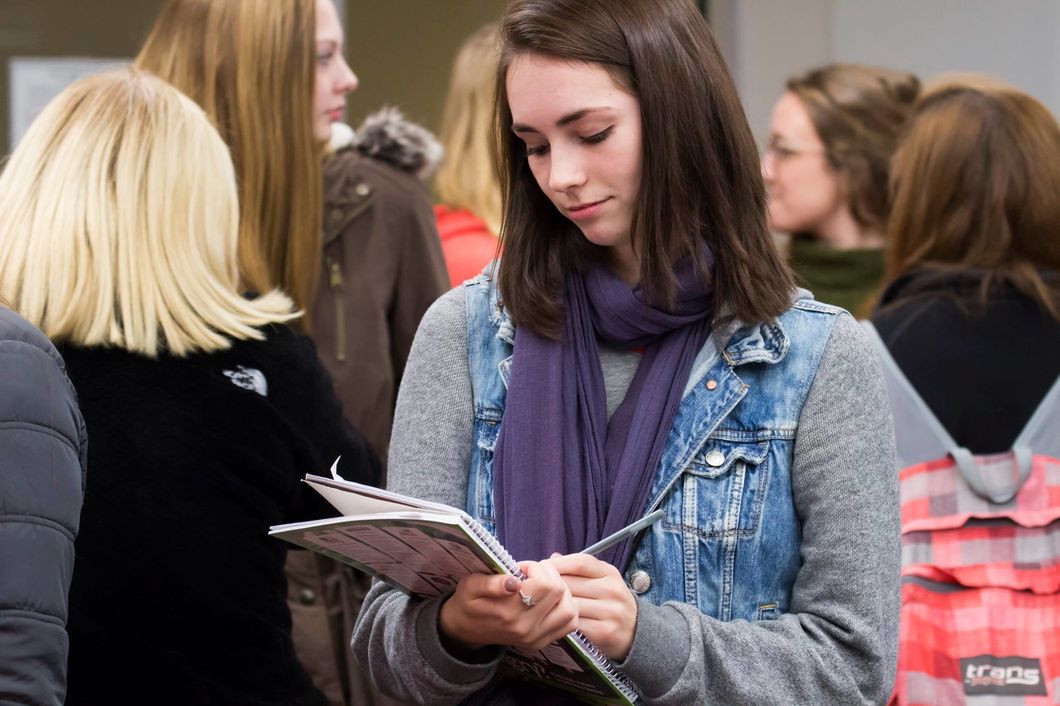At Ball State University, I am a Journalism major with a concentration in magazine. I have taken dozens of writing and magazine focused classes and I have been confused more times than I'd like to admit. When working for a magazine there is a special jargon used that all magazine writers will need to understand.
If you want to work for this kind of publication, you will have to learn its language.
1. Gutter
This is the center channel of a printed, bound magazine. You don't want anything to run off into the gutter.
2. Layouts
Another term for magazine article designs.
3. Nameplate
This is a term for the magazine logo that appears on the cover of the copy and elsewhere throughout.
4. Spreads
A spread is a composite of two pages that appear next to one another in a magazine issue.
5. T.O.C.
Shorthand for the table of contents. So if your boss says, "Get me the T.O.C. by lunch!" and runs off, you will be on top of it.
6. White space
Also known in the magazine design industry as "negative space." White space is the empty space within a design that provides much-needed separation and cleanliness within a layout, preventing a cramped, cluttered feel.
7. Folio
This is the information at the bottom of magazine pages, often including the page number, magazine title, and issue name.
8. Paper stock
This is the physical paper on which a magazine is printed.
9. Bleed
Printing that extends to the trimmed edge of a printed page. You want a good margin so your text doesn't bleed off the page.
10. Pull quotes
The quotes in a story that are enlarged and pop out to hook the reader, so make sure the pull quote is the best quote.
11. Banner
This is used to promote something exclusive, for example, an interview which they want the reader to identify. Printed on the cover usually.
12. Buzzword
This usually promotes something that is exclusive or for example, where a magazine has a prize to win in, it will usually say the word "WIN" to promote something the reader can get for free.
13. Secondary images
Images that are on the front cover that are maybe not as important as the main image.
14. Pug
Where the corner of the page is covered and usually has a buzzword inside of it. It is an incentive to open the magazine.
15. Features
Things that the readers will find inside the magazine, but maybe are promoted on the covered to get them to open it.
16. Byline
The name of the writer as it appears with the story.
17. Profile
An article which describes a person or, more rarely, an organization.

















